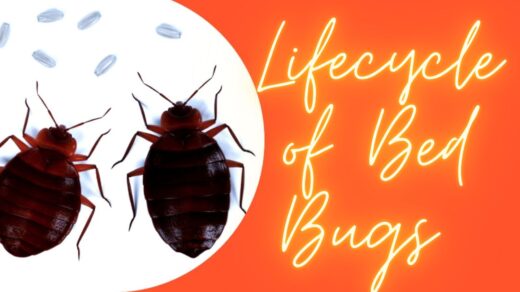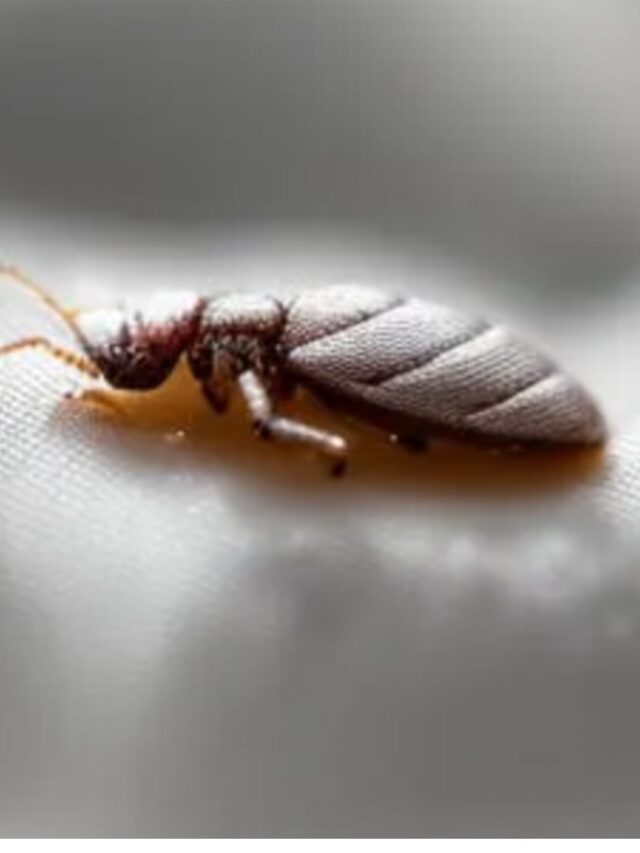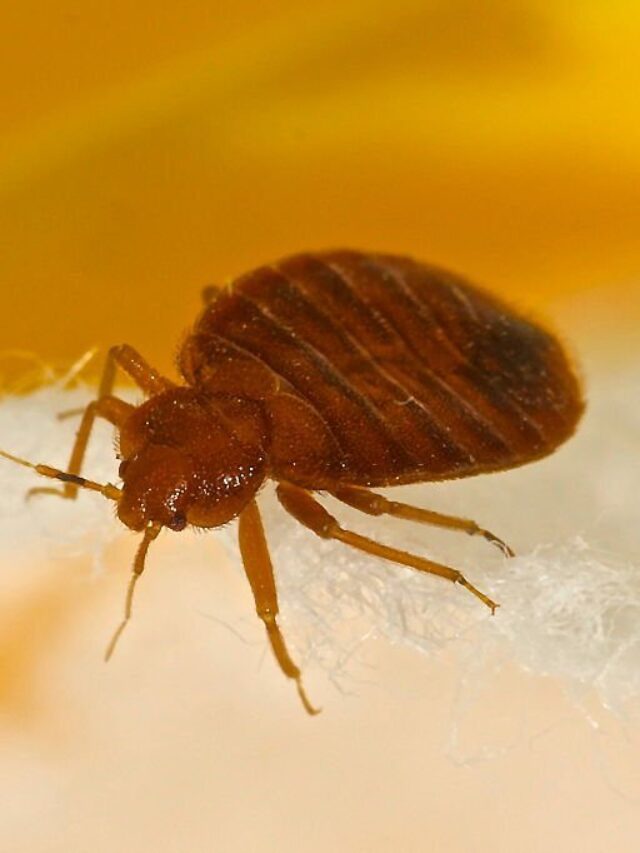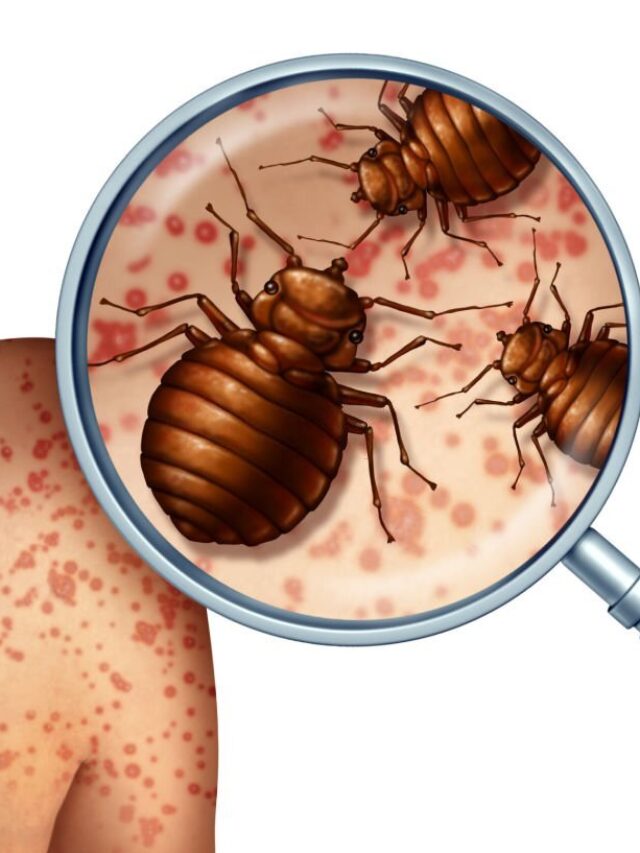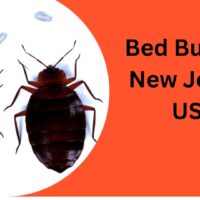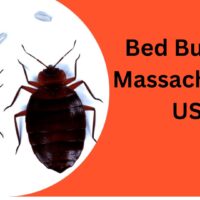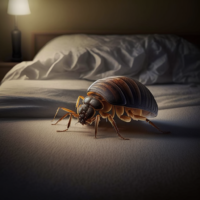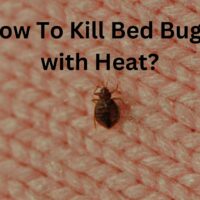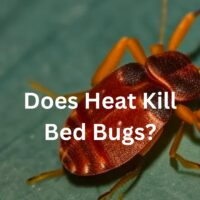Introduction: Bed bugs are notorious for being hard to spot, but they are a common household pest that can cause a lot of problems if left unchecked. Knowing what they look like is the first step in identifying and dealing with an infestation. In this article, we will take a close look at the anatomy of bed bugs, their size and color, and the distinctive features that set them apart from other insects.
The Anatomy of a Bed Bug: A Close-Up Look
Bed bugs are small, oval-shaped insects that measure about 5-7 mm in length. They are flat and reddish-brown in color, with six legs, two antennae, and a segmented body. They have piercing-sucking mouthparts that they use to feed on the blood of humans and animals. The mouthparts are located on the underside of the head, and when not in use, they are tucked under the body.
Size Matters: How Big Are Bed Bugs?
Bed bugs go through several stages of development, and their size varies depending on the stage. Nymphs (immature bed bugs) are smaller than adults, measuring about 1.5 mm when they first hatch from their eggs. As they grow, they shed their skins (molt) and become larger. Adult bed bugs are about the size of an apple seed, and they can be seen with the naked eye.
The Color Spectrum: Shades of Bed Bugs
Bed bugs are commonly thought of as being reddish-brown in color, but their color can vary depending on their age and whether or not they have recently fed. Nymphs are typically lighter in color and can be translucent, while adults are darker and more opaque. After feeding, bed bugs can appear swollen and reddish in color due to the blood they have consumed.
Distinct Features: What Sets Bed Bugs Apart?
One of the most distinctive features of bed bugs is their flat, oval-shaped body. They are also wingless, which sets them apart from other insects that may resemble them. Additionally, they have a beak-like mouthpart that they use to pierce the skin and suck blood. Bed bugs also leave behind telltale signs of their presence, such as dark spots (fecal matter), shed skins, and a sweet, musty odor.
Identifying Bed Bugs: Tips and Tricks for Spotting Them
While bed bugs are notoriously hard to spot, there are a few things you can look for to identify an infestation. Look for dark spots (fecal matter) on your sheets or mattress, as well as shed skins or live bed bugs. You may also notice a sweet, musty odor in the room where the infestation is located. Bed bugs can hide in cracks and crevices, so be sure to check all areas of your bed, furniture, and walls.
Conclusion: Bed bugs may be small, but they can cause big problems if left unchecked. Knowing what they look like is the first step in identifying and dealing with an infestation. Remember to look for the distinctive features of bed bugs, such as their flat, oval-shaped body, beak-like mouthparts, and fecal matter. By staying vigilant and taking steps to prevent an infestation, you can keep your home bed bug-free.


